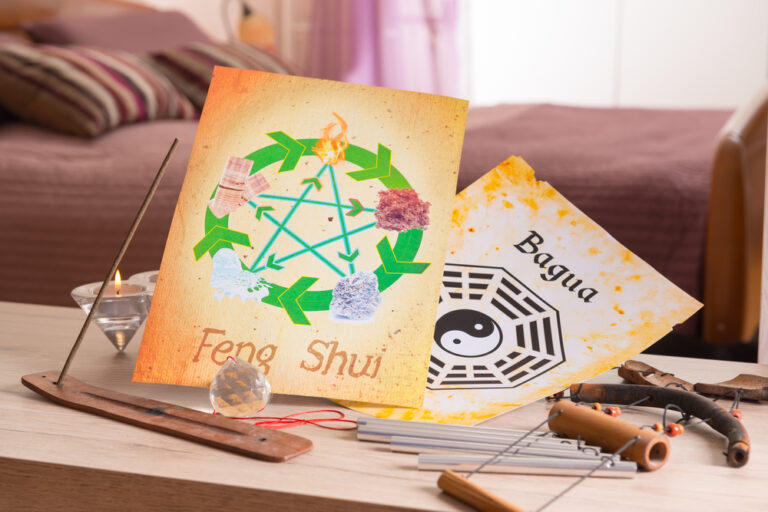In the pursuit of harmony within our living spaces, Feng Shui emerges as a philosophy that transcends mere decoration, offering a way to balance the energies of any given space to ensure health and good fortune for its inhabitants. The ancient Chinese art of Feng Shui, literally translated as “wind and water,” is about aligning one’s environment with the principles of the natural world.
At its core, Feng Shui is about flow—the unimpeded movement of chi or life force throughout a space. This flow is believed to influence health, wealth, and personal relationships, making Feng Shui a holistic approach to interior design. It is a practice of arranging the pieces in living spaces in order to create balance with the natural world.
The art of Feng Shui involves several key principles. The commanding position is one such principle, concerning the placement of important furniture pieces. For instance, beds and desks should be positioned so that the individual has a clear view of the room and the door, which is thought to provide control and security in one’s life.
Another principle is the five elements—wood, fire, earth, metal, and water—each of which corresponds to different aspects of life and should be represented in the home to maintain balance. For example, wood can be incorporated through furniture or plants, representing growth and vitality, while metal in light fixtures or frames can introduce clarity and precision.

The Bagua map is also central to Feng Shui, dividing a space into nine areas that correspond to key aspects of life, such as wealth, family, or career. Each area can be enhanced with specific colors, shapes, and elements to attract positive energy. By using the Bagua map, one can tailor their space to focus on improving certain areas of their life.
Color plays a vital role in Feng Shui, with each hue holding specific meanings and energies. Soft yellows and earth tones can create a welcoming and stable environment, while blues and greens are believed to bring a sense of calm and healing. Red, a powerful Feng Shui color, is often used to attract wealth and prosperity, but it should be used sparingly to avoid overwhelming the space.
Clutter is the enemy of good Feng Shui. A cluttered home is believed to lead to a cluttered mind and stagnant energy. Regular decluttering is not just about creating a tidy space, but also about making room for new opportunities and allowing energy to flow freely.
Mirrors are often used in Feng Shui to move energy around a space and to bring a sense of brightness and depth. However, their placement is crucial; for example, it is typically advised against placing a mirror directly in front of the door, as this can push the energy back out of the home.
Living things like plants are another essential element of Feng Shui, believed to bring growth and vitality into the home. They can help to balance the space and clean the air, contributing to the overall wellbeing of the inhabitants.

Feng Shui is as much an art as it is a science, requiring intuition and creativity in its application. It is a practice that encourages individuals to live in harmony with their surroundings, promoting a sense of peace and well-being. In our fast-paced, often chaotic world, Feng Shui offers a respite—a means to create a sanctuary that supports and nurtures those who dwell within it. Through mindful arrangement and design, the art of Feng Shui allows us to harness the energy of our environment, crafting spaces that are not only aesthetically pleasing but also deeply harmonious.

